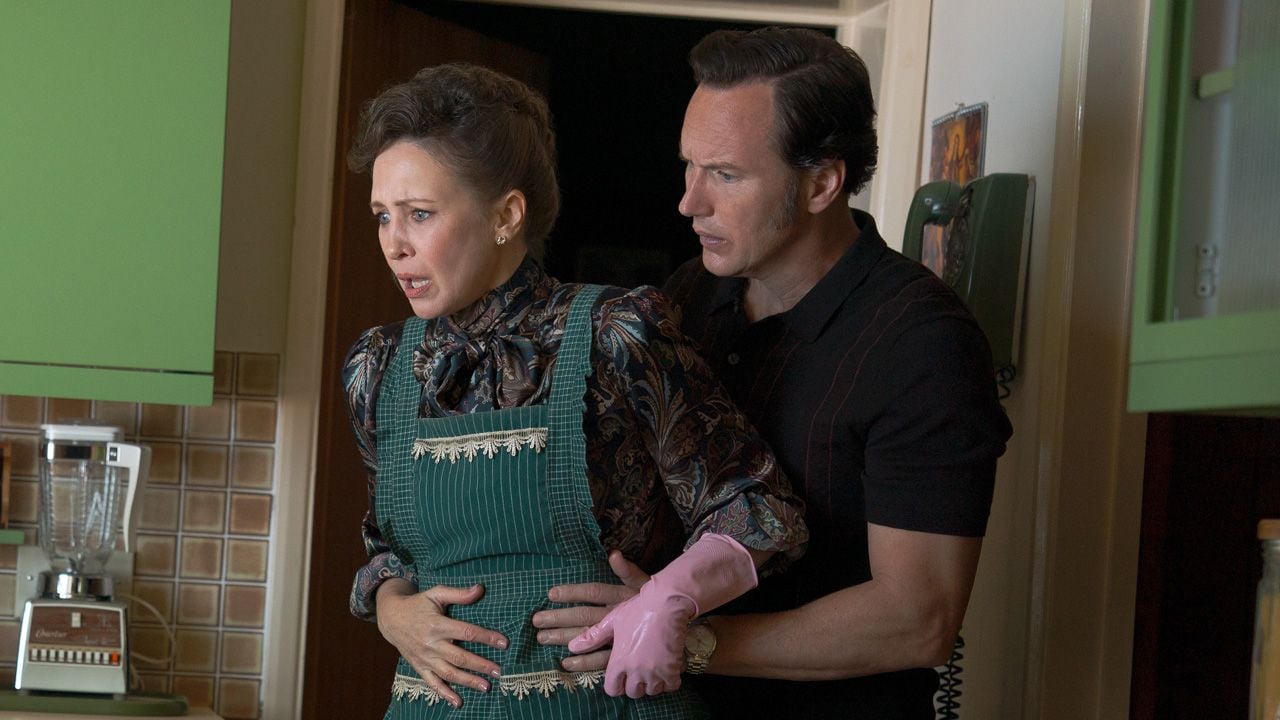If not properly cared for, roses can quickly become easy targets for garden pests; Check out some tips to protect them
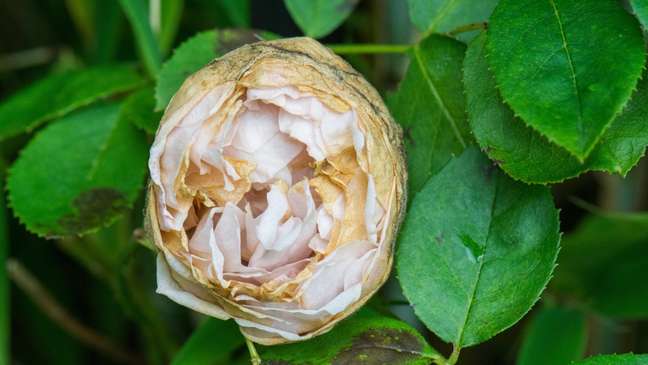
Knowing the common pests and diseases of roses is crucial if you want them to grow vigorously. After all, it’s good to know what to look for, as the faster you identify problems, the faster you can treat them.
While caring for roses doesn’t have to be overly complicated, these garden plants are prone to some complications. Fortunately, most can be cured.
We have compiled tips on some of the most common diseases that roses can suffer from, to help keep your plants looking their best.
1. Rust disease
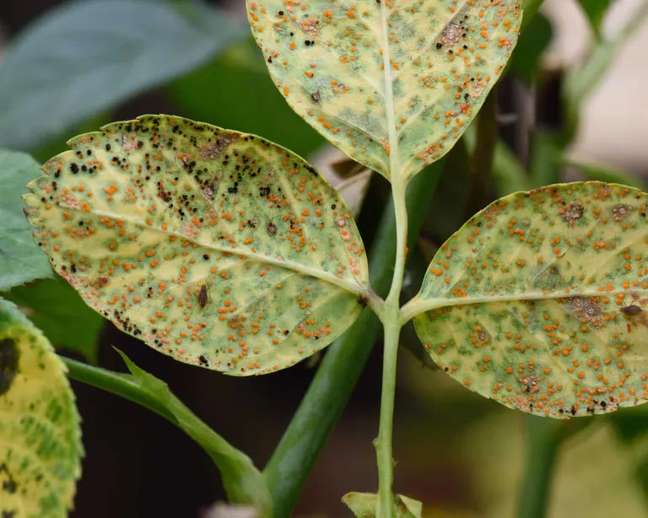
THE rust is a fungal disease that causes orange and black spots on the underside of the leaves and stems of roses. It can also cause premature leaf drop.
John Negus, a gardening expert at Amateur Gardening magazine, recommends the treatment by spraying the plants with a systemic insecticide and fungicide, then harvesting and burning the affected leaves. “The new growth will be healthy,” he says.
You can help prevent this by sprinkling potassium sulfate on the root area of your plants from mid-spring to early fall, it adds. Some modern types of roses are also resistant to this problem, so keep this in mind when choosing plants for your garden.
2. Cicadas
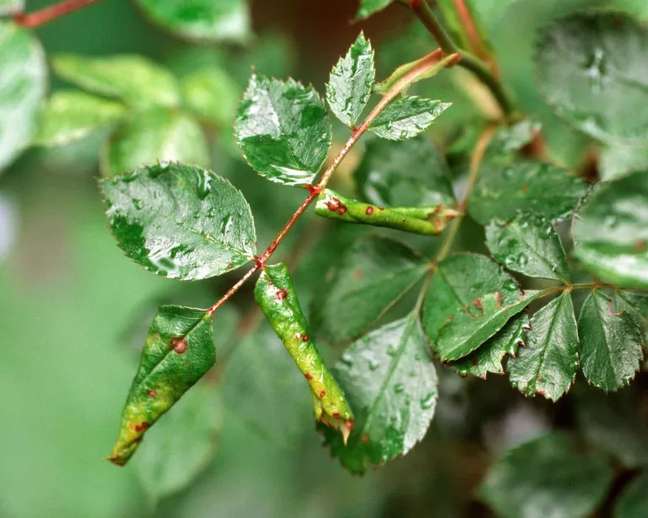
The leafhoppers of the roses feed on the leaf surfaces, creating a finely mottled effect. The damage is worst in long, dry summers, John explains, and often results in premature leaf drop.
One way is to encourage predatory insects and other creatures in your soil such as birds and ladybugs to help prevent infestations. You can also fight them with pesticides, but leafhoppers are usually not a big deal for roses and can be tolerated in many cases.
3. Withering of the button

If you have noticed your roses wilting with brown spots and buds not opening properly, this could be a problem called “bud wilt”. This is especially common in double varieties and can also affect peonies.
“It often occurs when rainy weather is followed by hot sun,” explains Christine Walkden, a gardening specialist at Amateur Gardening.
“The outer petals of the rosebuds become charred and papery and distort the inner petals when they open. The bud and flowers can then become infected with gray mold.
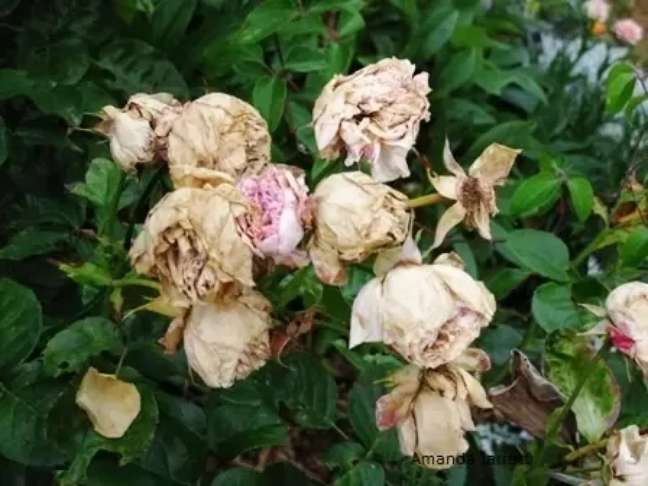
“There is no treatment for the problem other than pruning the affected buds,” he continues. “You can also help your roses by avoiding watering in strong or hot sun, so try watering at night.”
John Negus says avoiding squirting flower buds when watering roses can help too. Planting them where there is good air circulation can also be helpful in preventing disease, as rain that sticks to the leaves and petals dries out more quickly.
Another way to help is to feed your rose potassium sulfate mid-spring and continue monthly until early autumn, he adds. ‘Water and will help new growth withstand adverse weather conditions.
4. Larvae
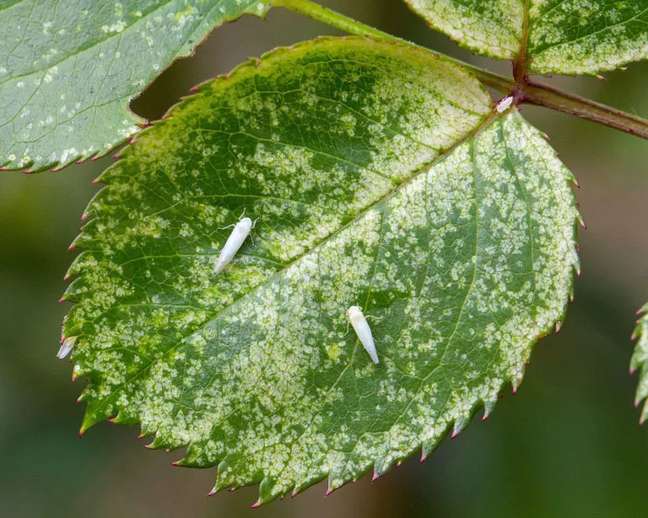
“Adult larvae lay their eggs on the soft stems of roses, which then break open leaving long scars on the stems,” says John. “Once hatched, the green larvae voraciously feed on the leaves.” Damaged leaves roll inward to their full length and remain that way for the rest of the season.
To treat this pest, remove the affected stems, remove the larvae by hand, or use an insecticide spray in early summer, following the manufacturer’s instructions carefully. “Don’t spray when the rose is in bloom to avoid damaging the pollinating insects,” says John.
If the leaves of your roses are already affected, remove them and burn them.
5. Powdery mildew
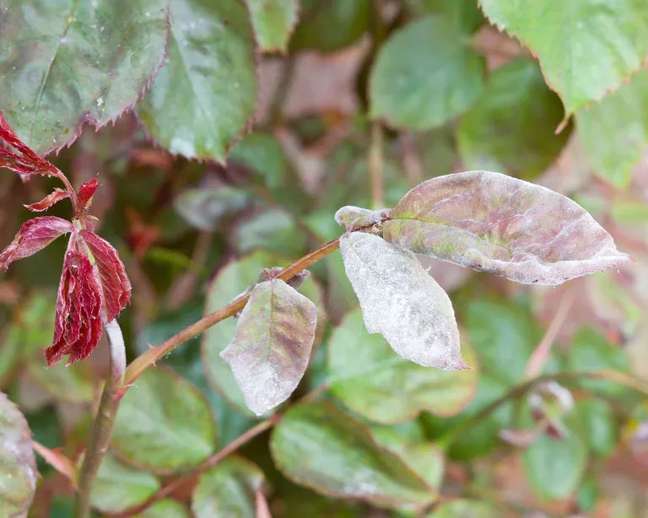
If your rose bushes become covered in a grayish-white dusty coating, they are likely suffering from powdery mildew. It is a common disease caused by the Podosphaera pannosa fungus, which can affect the vigor of the plant. Humidity increases the risk of development, as does water stress.
You can help prevent this problem by making sure you plant your rose in the ideal location. This means providing good air circulation around it, making sure it gets enough sunlight during the day, and making sure the soil retains moisture but is well drained.
Treat it by pruning the affected areas and discarding them as soon as you detect the developing problem, the RHS says. During routine spring pruning of roses, it is also best to cut the buds that show larger mold spots around the thorns. You can also treat powdery mildew with a fungicide, following the manufacturer’s instructions.
Via Gardening etc.
Source: Terra
Benjamin Smith is a fashion journalist and author at Gossipify, known for his coverage of the latest fashion trends and industry insights. He writes about clothing, shoes, accessories, and runway shows, providing in-depth analysis and unique perspectives. He’s respected for his ability to spot emerging designers and trends, and for providing practical fashion advice to readers.




